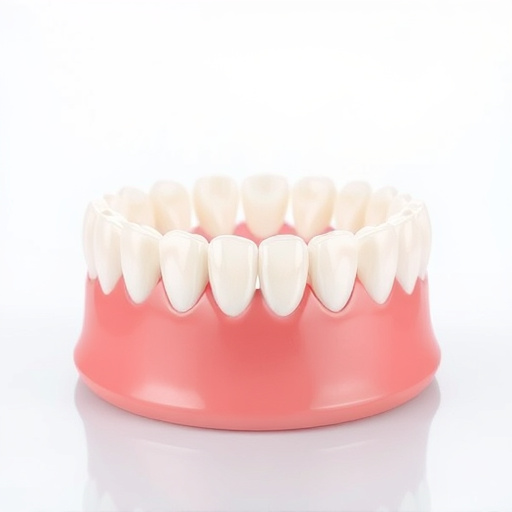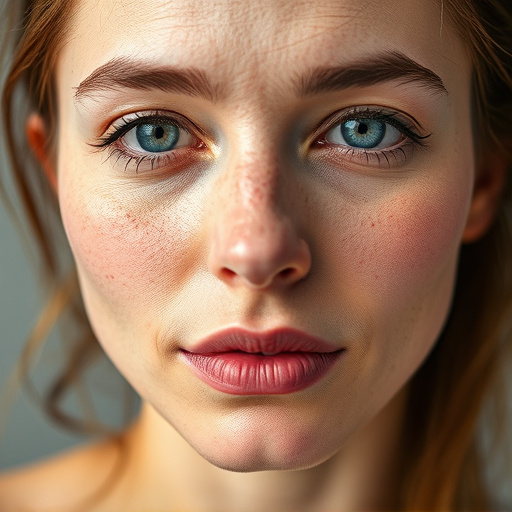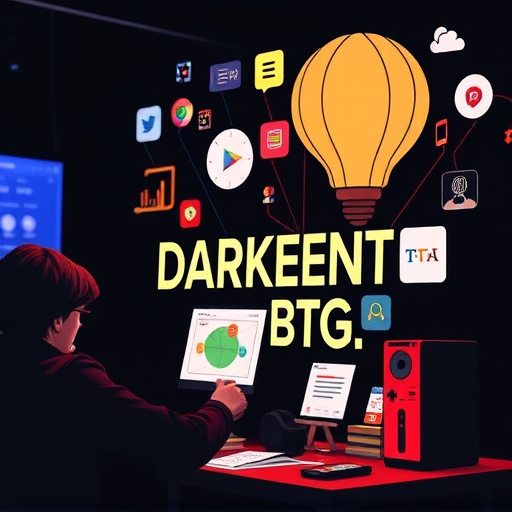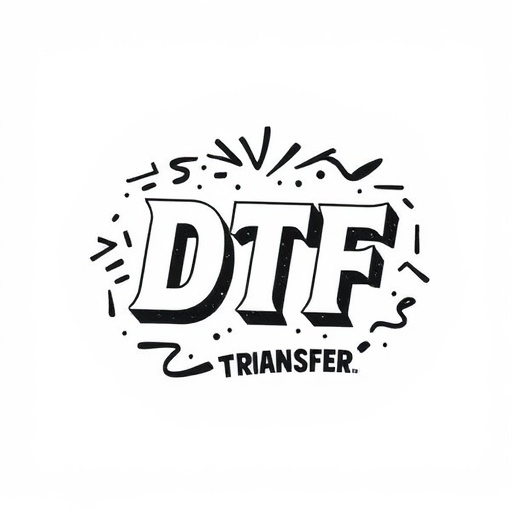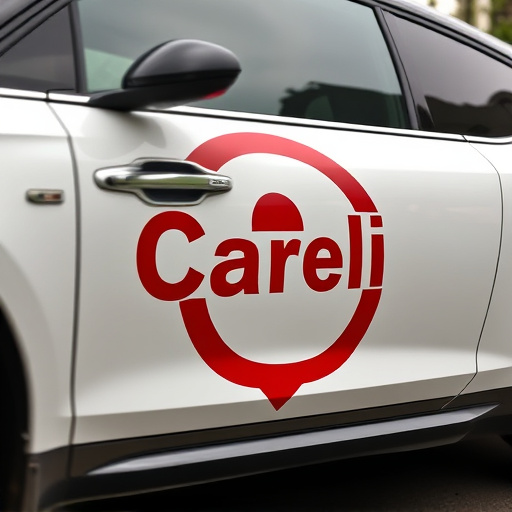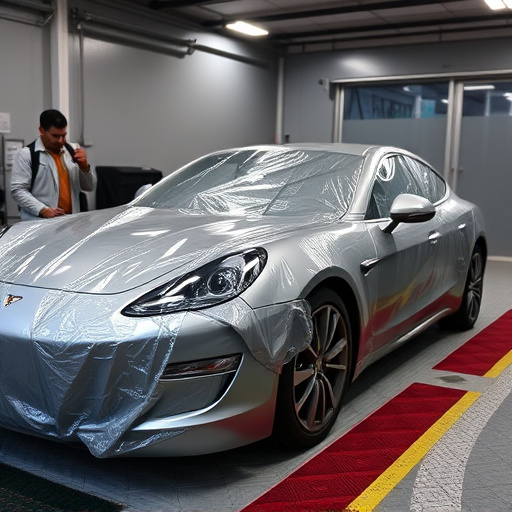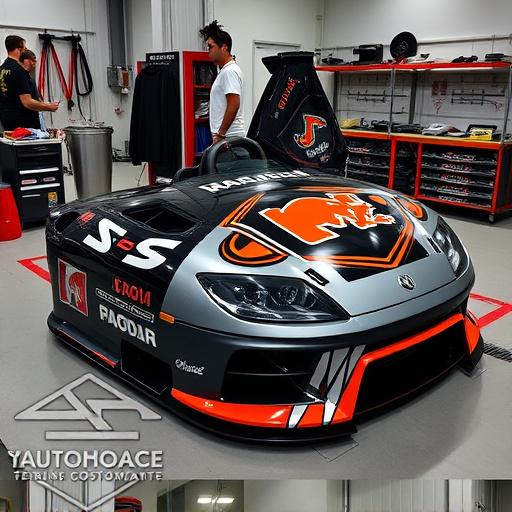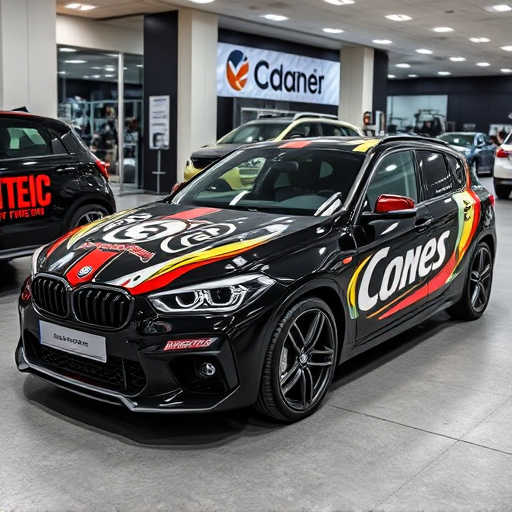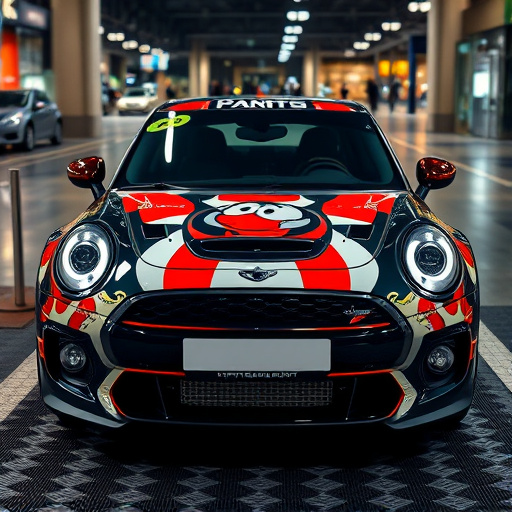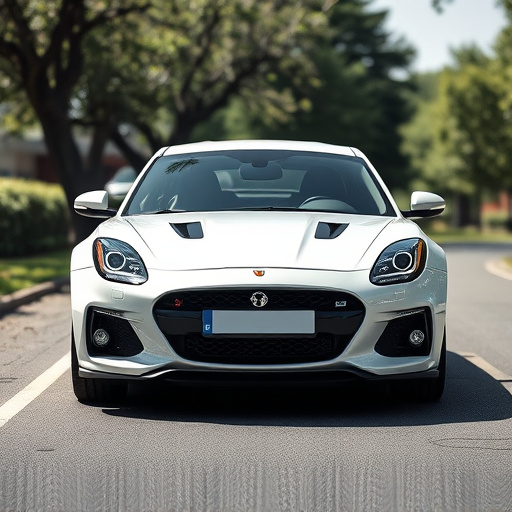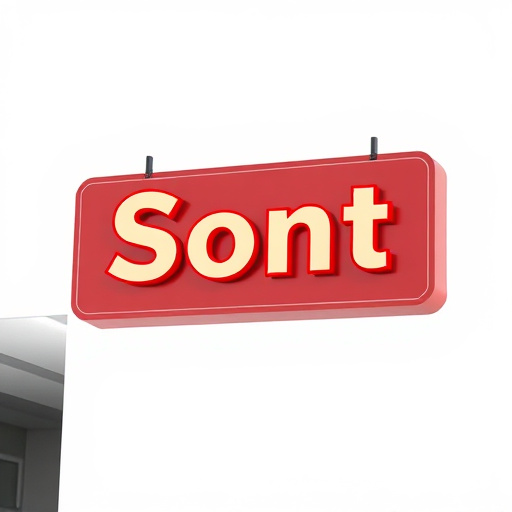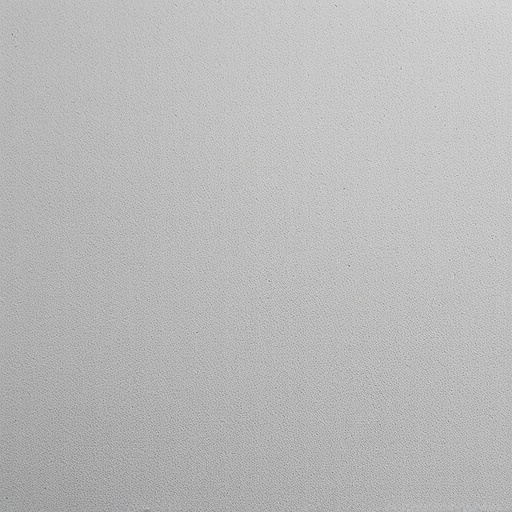Staying informed about local regulations is crucial for businesses offering paint protection coating (PPC) services, as rules vary widely by region. These regulations cover allowed protective layers, application methods, and applicator training, with a focus on environmental sustainability and public safety. Compliance is vital to avoid legal issues and maintain business integrity. Best practices include researching area-specific laws, proper ventilation, staff training, equipment maintenance, and cleaning for consistent quality and long-lasting coating effectiveness.
“In today’s automotive industry, understanding and adhering to local regulations regarding paint protection coatings (PPC) is paramount for businesses aiming to stay compliant and protect their products. This article serves as a comprehensive guide, delving into the intricacies of PPC regulations and offering best practices for compliance. From grasping the legal requirements to ensuring proper application techniques, we explore essential aspects to navigate the regulatory landscape effectively, ultimately safeguarding vehicles’ paint jobs.”
- Understanding Paint Protection Coating Regulations
- Local Compliance Requirements for Automotive Coatings
- Best Practices to Ensure Legal Application of PPC
Understanding Paint Protection Coating Regulations
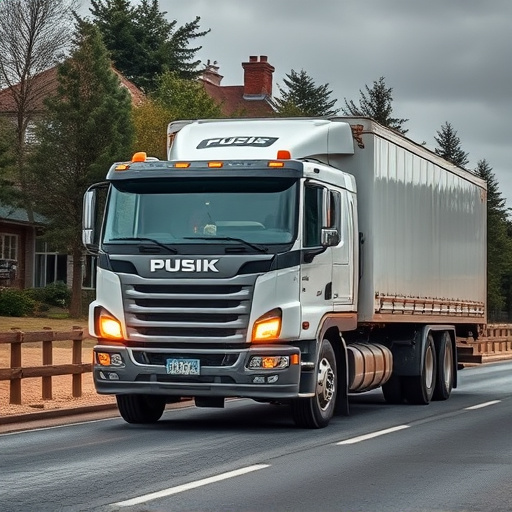
Staying informed about local regulations is essential when it comes to applying paint protection coating (PPC), also known as paint correction or ceramic coatings. These regulations can vary greatly from one region to another, so understanding and adhering to them is crucial for any business offering PPC services. Local laws often dictate the permitted types of protective layers, their application methods, and even the level of training required for applicators.
For instance, some areas might have specific rules regarding window tinting, which can indirectly impact PPC installation, as these two processes often go hand in hand. Professional PPF (paint protection film) installation demands a deep understanding of local laws to ensure compliance, maintain business integrity, and avoid any legal repercussions.
Local Compliance Requirements for Automotive Coatings
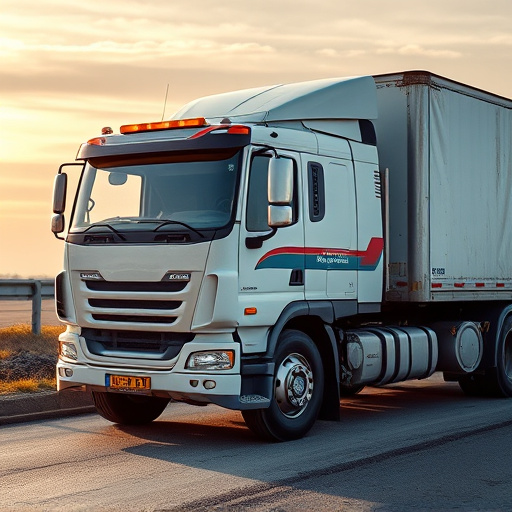
In many regions, automotive coatings, including paint protection coatings, are subject to specific local compliance requirements aimed at ensuring safety and environmental sustainability. These regulations often govern the composition, application methods, and performance standards of such coatings to minimize their impact on the environment and public health. For instance, certain areas mandate the use of low-volatile organic compound (VOC) paints to reduce air pollution levels. Additionally, local laws may specify minimum protective qualities for paint protection coatings, including resistance to chipping, fading, and water damage, ensuring vehicles remain aesthetically pleasing and safe over time.
Beyond these standards, some municipalities have specific guidelines regarding complementary services like window tinting and paint correction, which often work in tandem with paint protection coatings to enhance a vehicle’s exterior. These regulations ensure that such services are performed optimally, aligning with the primary goal of maintaining and preserving the protective barrier provided by paint protection films for extended periods. Compliance is crucial not just for legal adherence but also for maintaining the integrity of the automotive aftercare industry.
Best Practices to Ensure Legal Application of PPC
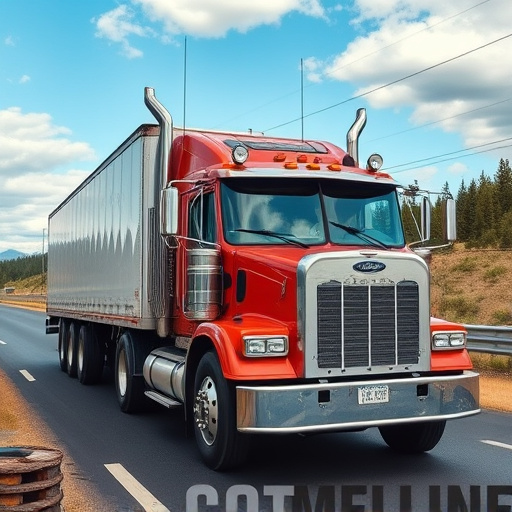
When applying paint protection coating (PPC), adhering to best practices ensures not only optimal protection for vehicles but also compliance with local regulations. Begin by thoroughly researching and understanding the specific laws and guidelines in your area regarding PPC application, including any restrictions on materials, application methods, and removal processes. Obtain all necessary permits before beginning work. Next, ensure your facility is equipped with appropriate ventilation to meet environmental standards, as many PPCs involve chemical compounds that require safe disposal and minimal exposure risk.
Proper training of staff is paramount. Familiarize them with the unique properties and applications of different PPC products, especially those marketed for car customization or scratch protection. This knowledge enables technicians to follow best practices, ensuring even coverage, minimal overspray, and precise trimming around intricate vehicle details. Regular equipment maintenance and cleaning also contribute to consistent quality, preventing contamination and ensuring the long-lasting effectiveness of the coating.
Paint protection coating (PPC) is a crucial aspect of automotive care, but navigating local regulations can be complex. By understanding the specific compliance requirements in your region and adopting best practices for application, you can ensure legal adherence while enhancing vehicle aesthetics. Stay informed about local guidelines and prioritize quality products to maintain customer satisfaction and avoid potential penalties.
